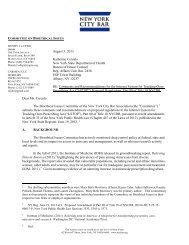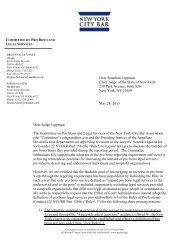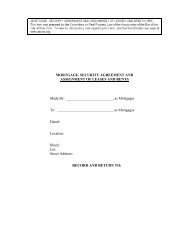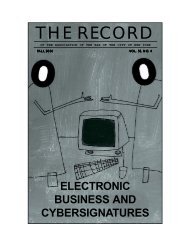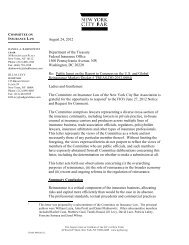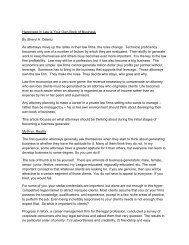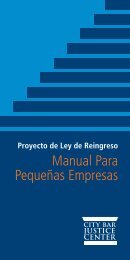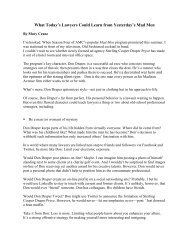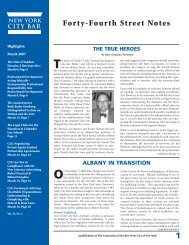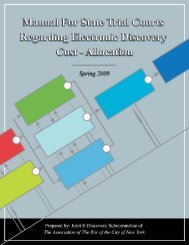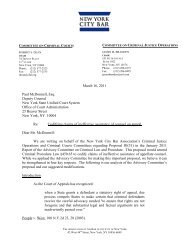2007 Issue 1 - New York City Bar Association
2007 Issue 1 - New York City Bar Association
2007 Issue 1 - New York City Bar Association
You also want an ePaper? Increase the reach of your titles
YUMPU automatically turns print PDFs into web optimized ePapers that Google loves.
H E R M A N G O L D M A N L E C T U R E<br />
would be an incentive, for example, to shift profits from a high-tax country<br />
in which the taxpayer is in an excess credit position to a low-tax country<br />
in which the taxpayer is in an excess limit position. This result could<br />
be most easily accomplished by making interest or royalty payments that<br />
are deductible in the payer’s country. Of course, the high-tax country<br />
would have an interest in applying its own transfer pricing rules to such<br />
transactions. Effective exchange of information procedures would help<br />
protect the tax bases both of the U.S. and the high-tax country.<br />
Tax havens<br />
The U.S. seeks to protect its tax base through the application of its<br />
transfer pricing rules and the rules of subpart F (requiring current taxation<br />
of specified base company income over passive investment income).<br />
Countries with exemption systems have found that some rule is necessary<br />
to deal with efforts by their taxpayers to isolate income in low- or<br />
no-tax countries. Some countries require that the source country impose<br />
a specified minimum rate of tax, others that the income be subject to tax,<br />
and still others maintain lists of “good” countries, the income earned in<br />
which would qualify for exemption. The point is that shifting to an exemption<br />
system does not eliminate the need for subpart F-type rules. 31 As<br />
a result, no simplification gains from such a change should be expected<br />
as compared to the present U.S. approach.<br />
On the other hand, such regimes are unnecessary in a WWI/FTC<br />
system. All foreign income would be taxed currently by the U.S. even if<br />
earned in a low- or no-tax country. Thus, purely on simplification grounds,<br />
in this area the model WWI/FTC system has the edge over a territorial<br />
system. 32<br />
Look-thru rules<br />
For purposes of applying the indirect FTC under I.R.C. §902, the U.S.<br />
uses look-thru rules to determine the proper basket into which to place<br />
dividends received either from a CFC or a so-called 10/50 corporation. 33<br />
Under the model WWI/FTC system, these look-thru rules would continue<br />
to be needed as it includes a two-basket (business income and passive<br />
investment income) system on a per-country basis.<br />
31. See Ault, note 25, at 727-728.<br />
32. Astonishingly, the Panel Report contained no mention of the tax haven problem. Presumably,<br />
under the Panel approach even if foreign business income incurred no tax at source, the<br />
income would still be exempt from U.S. tax.<br />
33. I.R.C. § 904(d)(3) and (4).<br />
T H E R E C O R D<br />
80



